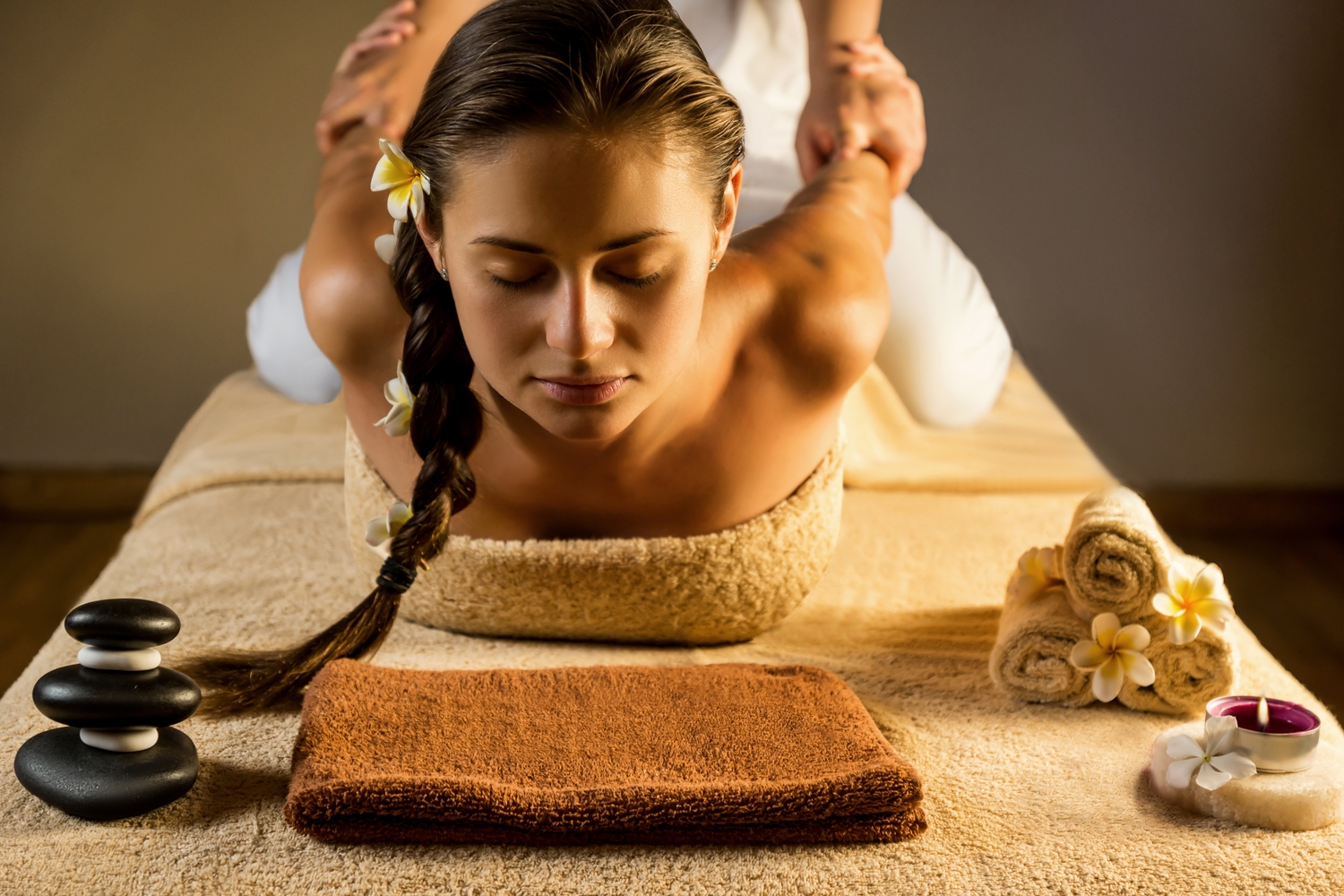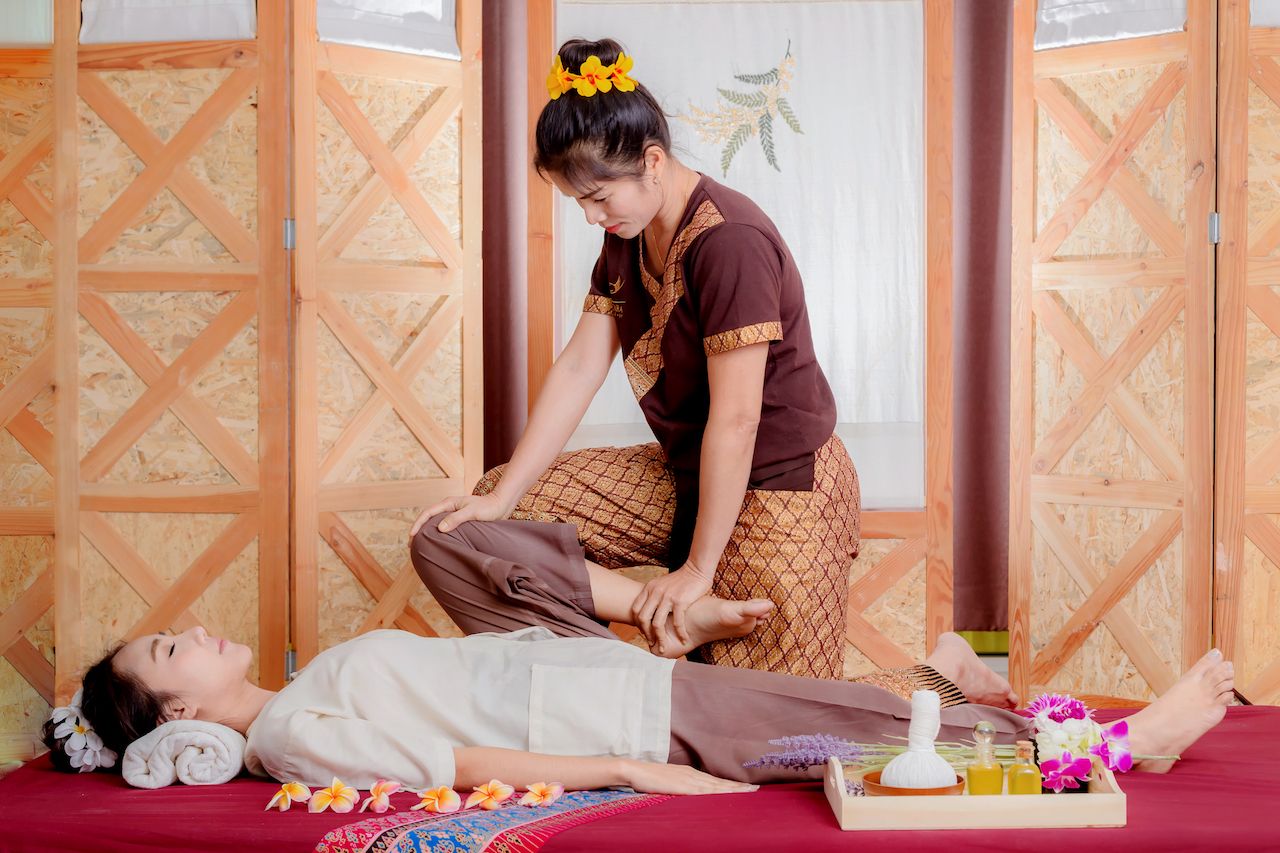 Thai Massage, Pataya Thailand
Thai Massage, Pataya Thailand

Pattaya is a seaside resort on the Eastern Gulf Coast of Thailand, about 150 km southeast of Bangkok. Pattaya is mostly famous for its go-go and beer bars, but local authorities have made some efforts to provide more family-friendly attractions and activities. Although the sex industry is still going strong and sex tourism remains the key money earner for Pattaya, the resort also attracts local families and holidaymakers from around the world. If you are going to be offended by the sight of fat old men hand in hand with young Thai women, then Pattaya is probably not the place for you.
Efforts by local authorities over the past few years have improved the quality of the beaches, but they are still lacklustre by Thailand’s standards, and over-development has long since destroyed some of the natural charms the area once had. However, the plethora of hotels and guest houses, and easy access from the capital and airport, make it a popular weekend getaway. Catering for over five million annual visitors, Pattaya is also able to offer an excellent range of eating options and a wide variety of things to do. Its population is a colourful mix of nationalities and ethnicities from near and far.
Pattaya occupies most of the coastline of Bang Lamung District (one of the eleven districts that comprise Chonburi Province). This article only deals with Pattaya proper, which spans the areas to the east of Naklua Beach and Pattaya Beach, plus the Buddha Hill headland (which is immediately south of Pattaya Beach). Jomtien is covered in a separate article, and contains Jomtien Beach and the areas east of it, including Dongtan Beach. The beaches of Jomtien are much broader and generally in a better shape, and the atmosphere locally is more sedate and family-oriented than at Pattaya Beach.
Thai massage is a system of massage and assisted stretching developed in Thailand, and influenced by the traditional medicine systems of India, China, and Southeast Asia.
This form of bodywork is often performed on the floor, and the client wears comfortable clothes that allow for movement. No oils are used in Thai massage.
In the Thai language it is usually called nuat phaen thai, Thai-style massage or nuat phaen boran, ancient-style massage), though its formal name is merely nuat thai, Thai massage according to the Traditional Thai Medical Professions Act, BE 2556 (2013).
The massage recipient changes into loose, comfortable clothes and lies on a mat or firm mattress on the floor. It can be done solo or in a group of a dozen or so patients in the same large room. The receiver may be positioned in a variety of yoga-like positions during the course of the massage, but deep static and rhythmic pressures form the core of the massage. The body will be energized and rejuvenated after the massage.
The massage practitioner leans on the recipient’s body using hands and usually straight forearms locked at the elbow to apply firm rhythmic pressure. The massage generally follows the Sen lines on the body—somewhat analogous to meridians or channels and Indian nadis. Legs and feet of the giver can be used to fixate the body or limbs of the recipient. In other positions, hands fixate the body, while the feet do the massaging action. A full Thai massage session typically lasts two hours or more, and includes rhythmic pressing and stretching of the entire body; this may include pulling fingers, toes, ears, cracking the knuckles, walking on the recipient’s back, and arching the recipient into bhujangasana (or cobra position). There is a standard procedure and rhythm to the massage, which the practitioner will adjust to fit each individual client.
The true practice of the art of healing in traditional nuad boran (thai massage) is the compassionate intent of the healer. The Buddhist spiritual practices associated with thai massage cultivate humility, awareness, and concentration in the healer designed to bring the practitioner to a deeper level of awareness of herself and the client. This compassionate state of being is termed “metta”, which usually translates as “loving kindness”.

In Thailand, Thai massage is one of the branches of Thai traditional medicine (TTM), now recognized and regulated by the government, and is widely considered to be a medical discipline used for the treatment of a wide variety of ailments. On the other hand, Thai massage is also practiced and taught by a number of non-medical massage technicians in the spa and tourism industries. In North America and Europe, an increasing number of practitioners and teachers of Thai massage have emerged since the 1990s. In Europe and the United States, Thai massage is a growing modality among clients of massage clinics and massage therapists seeking continuing education.
The founder of Thai massage and medicine is said to have been Shivago Komarpaj (Jivaka Komarabhacca), who is said in the Pali Buddhist Canon to have been the Buddha’s physician over 2,500 years ago. In fact, the history of Thai massage is more complex than this legend of a single founder would suggest. Thai massage, like TTM more generally, is a combination of influences from Indian, Chinese, Southeast Asian cultural spheres and traditions of medicine. The art as it is practiced today is likely to be the product of a 19th century synthesis of various healing traditions from all over the kingdom. Even today, there is considerable variation from region to region across Thailand, and no single routine or theoretical framework that is universally accepted among healers.
“Nuat boran” is the Thai name for a type of body work native to Thailand (nuat = massage, boran = ancient). Thai massage is also known as northern-style Thai massage, “nuad paan bulan”, “nuat thai”, Buntautuk style, Old Medicine Hospital Style, traditional Thai massage, Traditional Thai Medical Massage, Ancient Massage, Thai Yoga, Thai Yoga Massage, Yoga Massage, Thai Classical Massage, and Thai Bodywork.
Generally speaking, practitioners of modern Thai massage operate on the theory that the body is permeated with “lom,” or “air,” which is inhaled into the lungs and which subsequently travels throughout the body along 72,000 pathways called “sen,” or “vessels.” Typically, massage therapists manipulate a handful of major sen lines by pressing certain points along the lines. In most models, the sen originate at the navel and spread throughout the body to terminate at the orifices. A significant part of the practice of Thai massage also includes yoga-like stretches which are intended to stimulate the sen and move lom through the body via a pumping action which is connected with the patient’s breathing.
The theory of sen and lom is often translated into English as “meridians” and “energy.” While there are some superficial similarities to Chinese meridian theory, the Thai system is in fact more closely related to the nadir of the Indian traditions of yoga and Ayurveda. It is said in the Thai tradition that there are 72,000 sen lines. This should not, however, be taken literally, as this number is a traditional Buddhist way of indicating an infinite amount — the point being that each cell in the human body is linked to every other cell through this infinite and intricate mesh of energy. This energy is known as prana (Sanskrit), chi (Chinese) or palang sak(Thai). The pranic networks permeate the body of any living being, and vibrate in response to physiological, psychological, and spiritual experiences. No one can name or diagram all of the body’s infinite energy circuits. However, 10 main sen are commonly taught and used in Thailand’s massage schools to treat the entire body.
Recommended resources:
Disclaimer
The Content is not intended to be a substitute for professional medical advice, diagnosis, or treatment. Always seek the advice of your physician or other qualified health provider with any questions you may have regarding a medical condition.